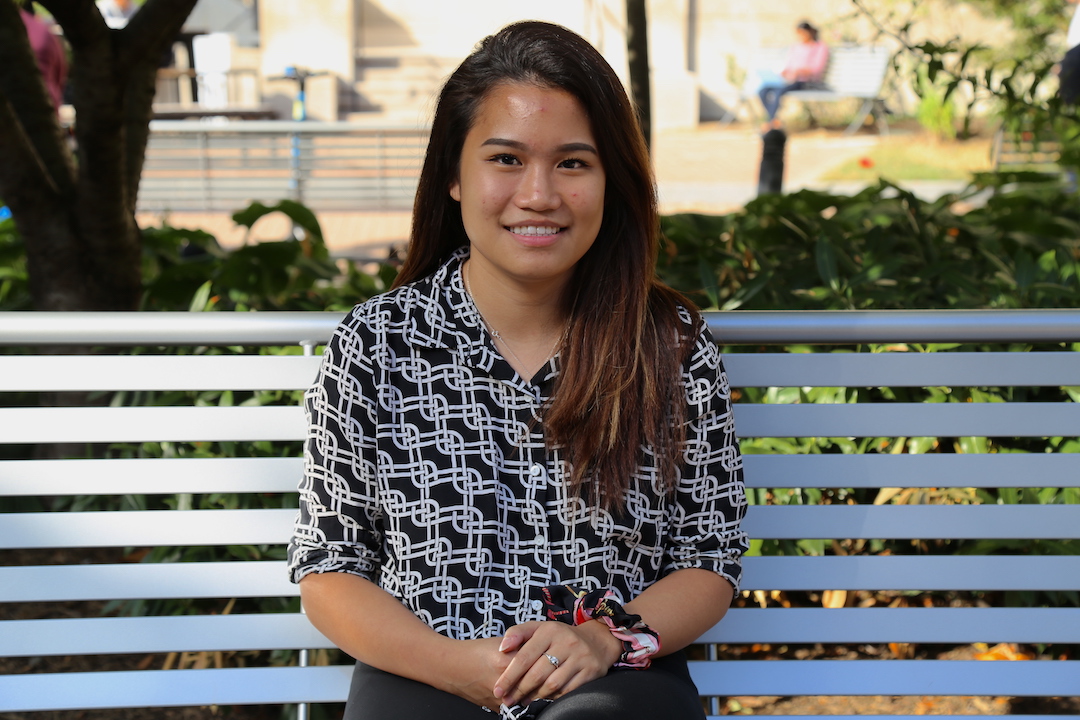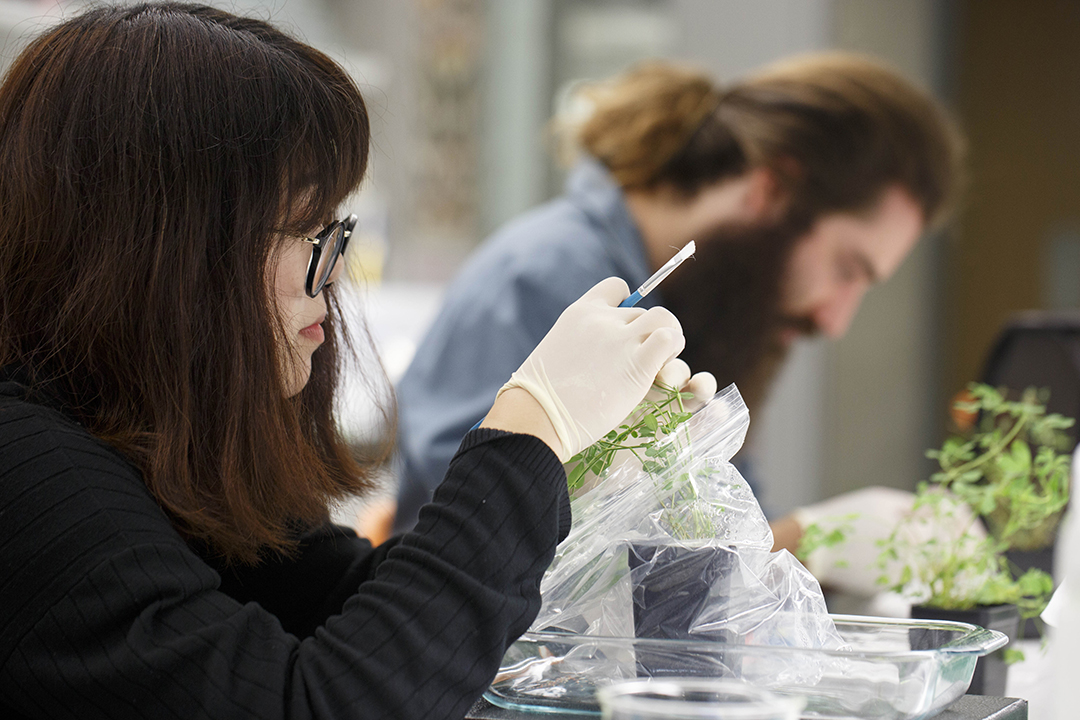By Tatyana Hopkins
While the Indonesian government acknowledges that riots occurred there in May 1998, a key aspect of the events—widespread sexual violence directed against ethnic Chinese women—has been “until today treated like a conspiracy theory by some and is largely ignored by most people and even by the state,” said Stephanie Purwanto, a junior studying international affairs and economics.
“A lot of the media representation reflects that it could be conspiracy rather than something that happened,” said Ms. Purwanto, who lived in Indonesia until two years ago when she came to the United States to study at the George Washington University Elliott School of International Affairs.
Ms. Purwanto was the recipient of a $5,000 grant through the Luther Rice Undergraduate Research Fellowship and spent a month in Indonesia this past summer conducting a case study on the topic, which she has both personal and academic connections to.
“It’s a pretty under-covered research area,” she said. “What drew me to the topic was basically, my family, my roots. I am of Chinese descent, and I am also Indonesian.”
Last year, Ms. Purwanto received the School of Media and Public Affairs’ Char Beales Undergraduate Award and assisted her faculty adviser, Janet Steele, an SMPA professor and director of the Institute for Public Diplomacy and Global Commutation’s global communication program, with a multi-national project on misleading memes and misinformation on social media.
She said she said she hoped the historic media misinformation case study would expand her previous research on media misinformation, contribute to her thesis about how economic disparities increase race tensions and serve as a lens for observing Indonesia’s current demonstrations.
So, she set out to the National Library of Indonesia to examine archived newspaper articles and interviewed witnesses of the riots to discover how the events had been widely reported as fact internationally but treated as myth in Indonesia.
“The sources from the United States, China or other Southeast Asian countries like Singapore and Thailand were more open to acknowledging that the mass rape occurred,” Ms. Purwanto said. “But looking at the primary sources published within Indonesia…it was very different.”
She said the stories in Indonesia either denied or did not address the sexual violence and concluded that it was the result of broad anti-Chinese sentiments coupled with the strict censorship laws put in place by then-President Suharto. The laws banned Chinese language materials, schools, festivals and other expressions of identity different from Indonesia’s indigenous majority and required government preauthorization of most published writings.
The riots, which were triggered by an economic crisis and a pro-democracy struggle against Mr. Suharto’s one-man rule, resulted in his resignation after 32 years in power, the deaths of more than 1,000 people and sexual violence against more than 160 ethnic Chinese women.
However, Ms. Purwanto said she found no archived Indonesian news stories about the riots or sexual violence published during the month they occurred.
“Many publications were banned,” she said. “But there was more outspokenness in the months following the event, conveniently when [Suharto] was replaced and a lot of the censorship laws were lifted.”
However, she said news media was still “careful” to avoid detailing the violence and its ethnically-charged nature. If media did address the sexual violence there, she said, there was “the absence of the racial aspect.”
Indonesia’s ethnic Chinese minority, subjects of long-time discrimination in the country, were the main targets of the 1998 riots—singled out for their relatively high occupation of the country’s private commerce before the economic crisis that triggered the riots.
“The [newspapers] in Indonesia were not only prone to censorship laws, they were also prone to social forces, which included the heavy racial tension that still exists today,” Ms. Purwanto said. “I can see, based on how it was covered, how these events could be treated as a conspiracy theory instead of fact.”
She said she hopes her research would serve as the basis for her senior thesis, which seeks to explore the connection between racial and ethnic tension and economic disparities.
“I think a lot of the things that I found that were happening in 1998 can be applied to modern day,” she said, noting the current unrest in the Indonesian province West Papua.
“Papua is asking to secede because they are economically different from the rest of Indonesia,” Ms. Purwanto said. “They are very poor, very underdeveloped and also a very different race community.”
She said she hopes to continue her research on economics and social issues and work in international development to prevent future incidents of racial and ethnic violence.
“I think a lot of the underlying reasons for race tensions and social problems could be addressed through the lenses of international trade,” she said.




